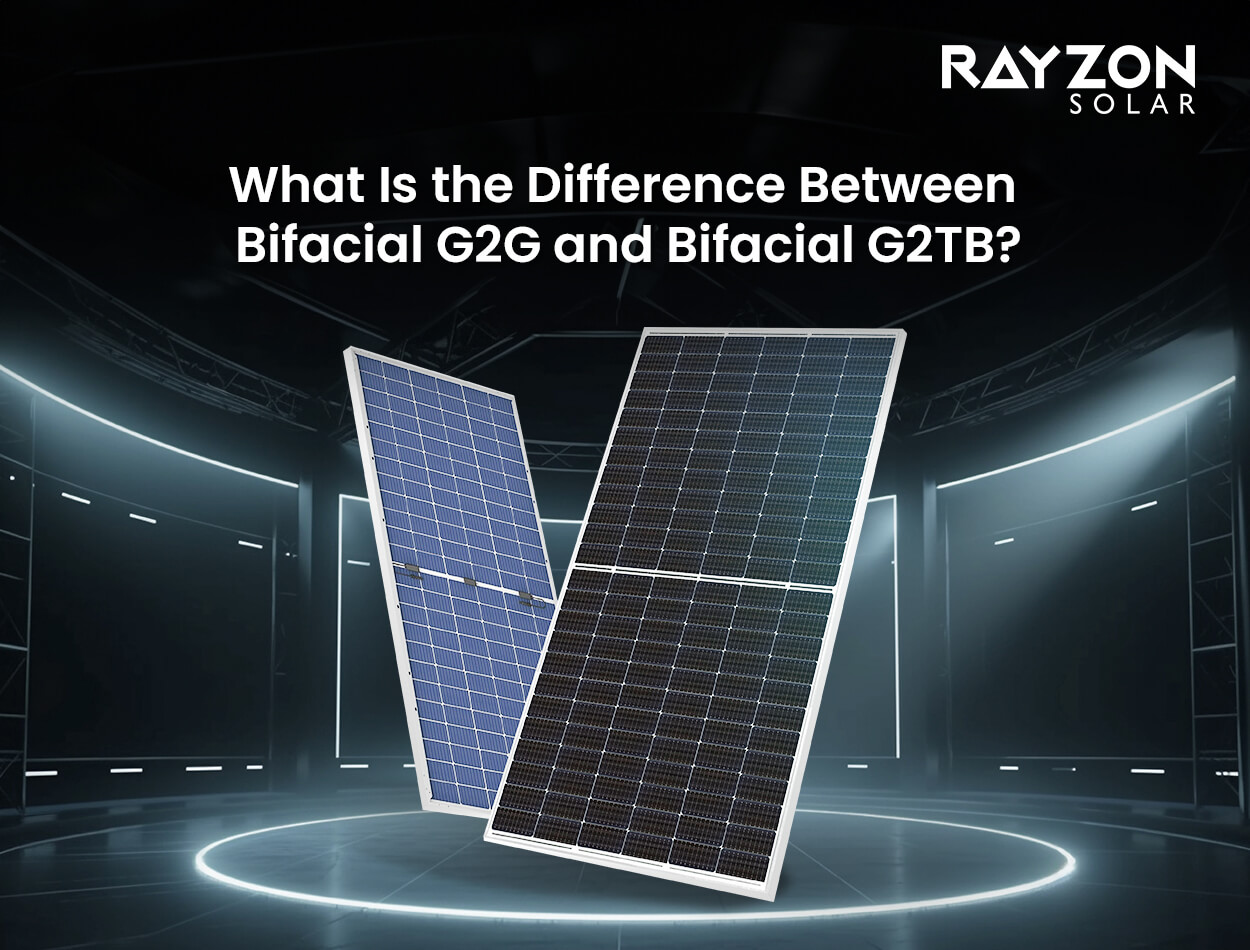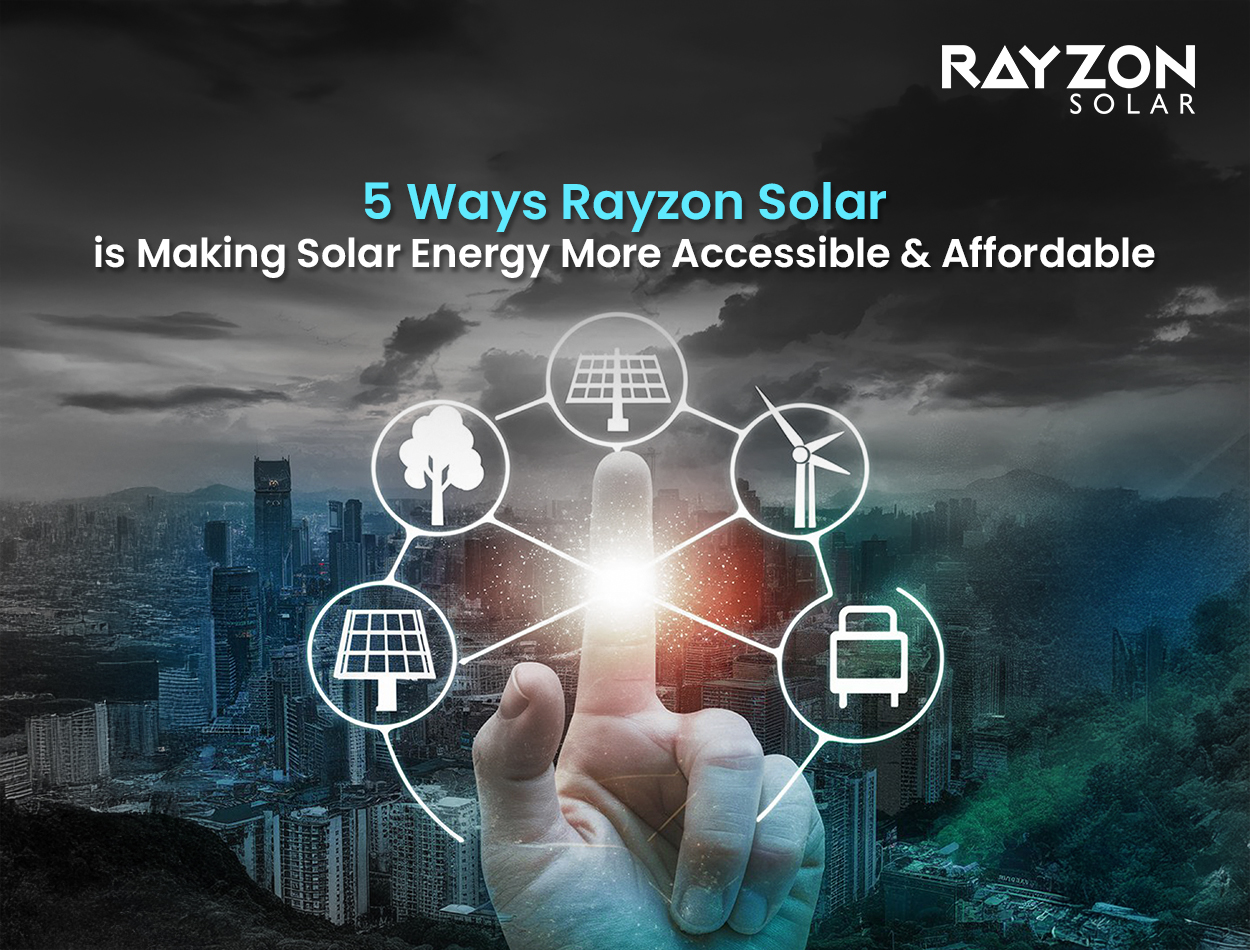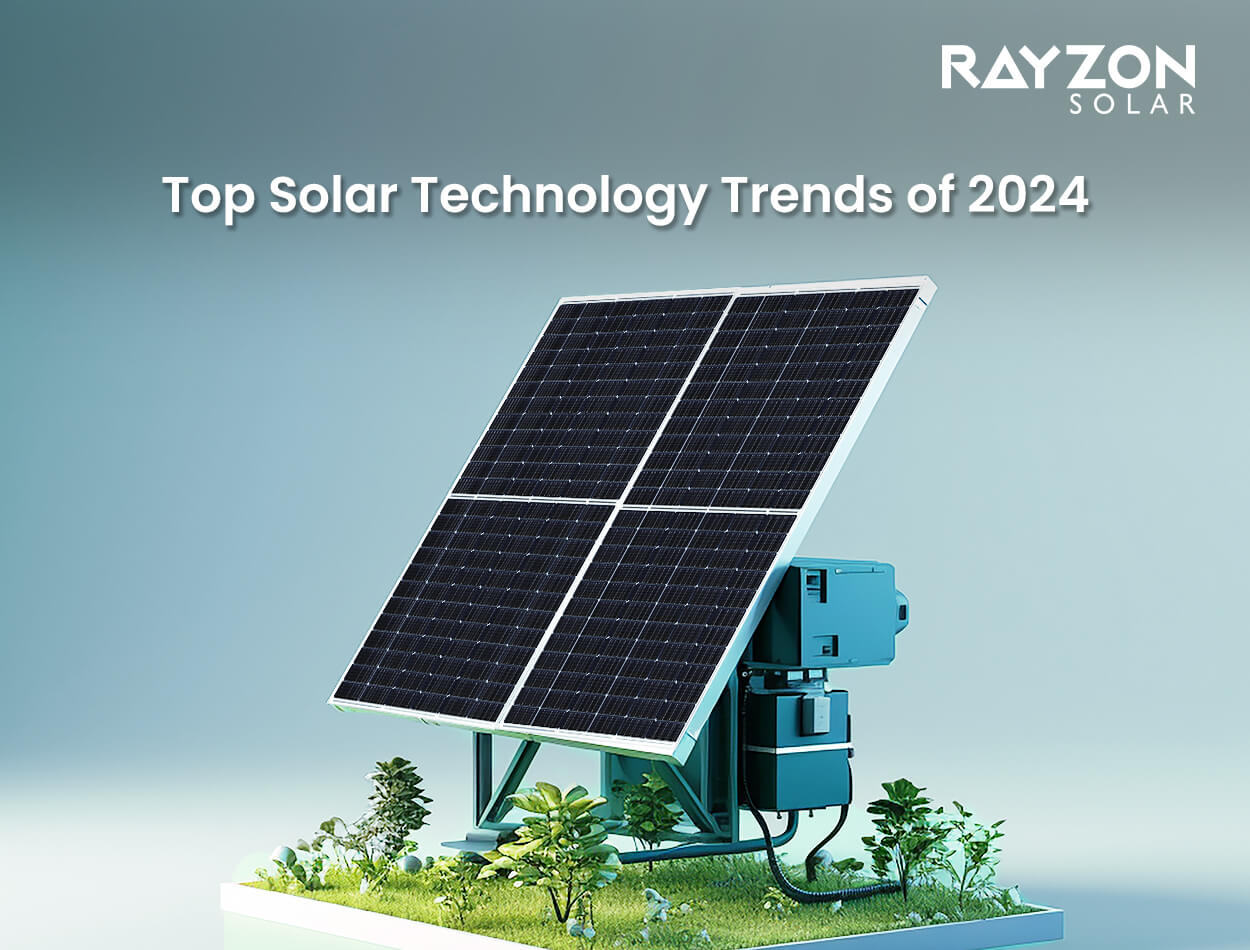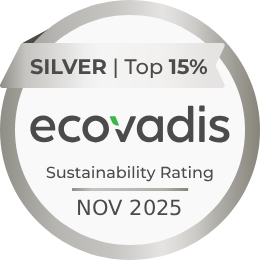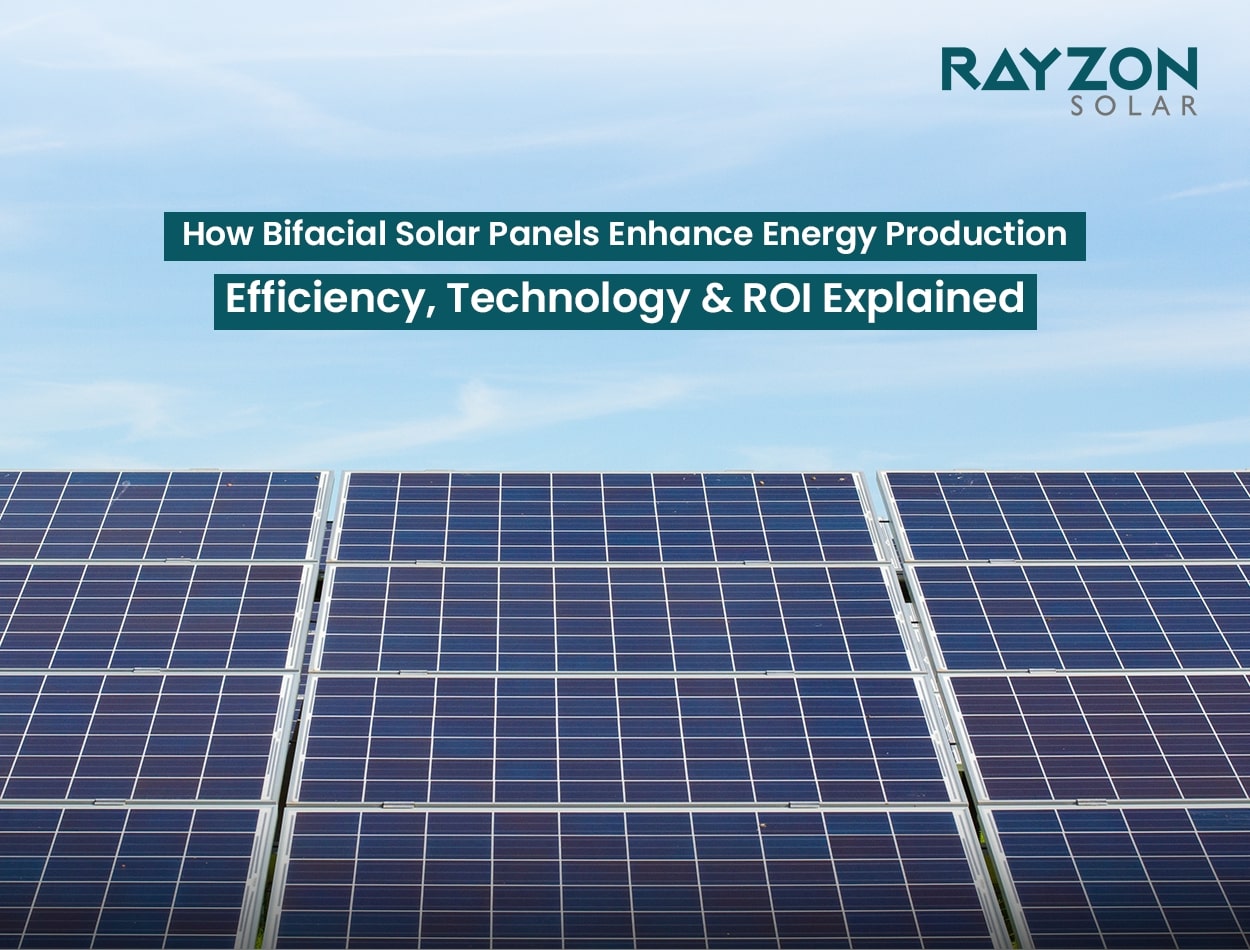
How Bifacial Solar Panels Enhance Energy Production: Efficiency, Technology & ROI Explained
In the quest for sustainable and efficient energy solutions, solar technology has made significant strides. One of the most notable advancements is the development of bifacial solar panels. Unlike traditional monofacial panels that capture sunlight only from the front, bifacial panels are designed to absorb light from both the front and rear sides. This dual-sided absorption capability allows them to harness more solar energy, leading to increased electricity generation and improved overall efficiency. Understanding how bifacial solar panels enhance energy production is crucial for homeowners, businesses, and policymakers aiming to optimize their renewable energy investments. This blog delves into the mechanics of bifacial panels, their efficiency compared to monofacial counterparts, the technologies that power them, and the return on investment they offer.
Dual-Sided Light Absorption: The Core Advantage
The primary feature that sets bifacial solar panels apart is their ability to capture sunlight on both sides. The front side absorbs direct sunlight, while the rear side collects reflected light, known as albedo, from surfaces like the ground, rooftops, or nearby structures. This dual-sided design enables bifacial panels to generate more electricity from the same footprint compared to monofacial panels.
The effectiveness of this dual absorption depends on several factors:
- Surface Reflectivity: Surfaces with high reflectivity, such as white gravel, concrete, or snow, can significantly enhance the amount of light reaching the rear side of the panel.
- Panel Elevation and Tilt: Elevating panels and adjusting their tilt can optimize the angle at which reflected light hits the rear side, maximizing energy capture.
- Installation Environment: Open areas with minimal shading and high albedo surfaces are ideal for bifacial panel installations.
Studies have shown that under optimal conditions, bifacial panels can produce 10% to 30% more electricity than monofacial panels.
Increased Energy Yield and Efficiency
The enhanced energy yield of bifacial solar panels is a significant advantage. By capturing additional reflected light, these panels can generate more electricity throughout the day, especially during early morning and late afternoon when the sun's angle is lower.
Key factors contributing to increased energy yield include:
- Albedo Effect: The higher the reflectivity of the surface beneath the panels, the more light is available for the rear side to absorb. For instance, snow-covered ground can reflect up to 80% of sunlight, significantly boosting energy production.
- Advanced Cell Technologies: Bifacial panels often incorporate high-efficiency solar cells like PERC (Passivated Emitter and Rear Cell) and TOPCon (Tunnel Oxide Passivated Contact), which enhance their performance and energy output.
- Optimized Installation: Properly designed installations that consider factors like panel spacing, tilt angle, and ground surface can maximize the bifacial gain.
Optimized for Space-Constrained Installations
In areas where installation space is limited, such as urban rooftops or compact solar farms, bifacial solar panels offer a significant advantage. Their higher energy output per panel means that fewer panels are needed to achieve the desired energy production, making them ideal for space-constrained environments.
Benefits in such scenarios include:
- Higher Energy Density: Generating more electricity per square meter allows for efficient use of limited space.
- Reduced Structural Load: Fewer panels mean less weight on rooftops, which is beneficial for buildings with load-bearing limitations.
- Aesthetic Integration: Bifacial panels can be integrated into building designs more seamlessly, offering both functionality and visual appeal.
Advanced Cell Technologies: PERC and TOPCon
Bifacial solar panels leverage advanced cell technologies to enhance their performance:
- PERC Technology: PERC cells add a passivation layer to the rear side of the cell, reflecting unabsorbed light back into the cell for a second absorption attempt. This increases the cell's efficiency and is widely used in bifacial panels.
- TOPCon Technology: TOPCon cells incorporate a tunnel oxide layer and a passivated contact, reducing electron recombination and improving efficiency. This technology is gaining popularity for its high performance in bifacial applications.
These technologies contribute to the overall efficiency and energy yield of bifacial solar panels, making them a compelling choice for various applications.
Lower Levelized Cost of Electricity (LCOE)
The Levelized Cost of Electricity (LCOE) is a critical metric for evaluating the cost-effectiveness of energy generation systems. Bifacial solar panels, despite their higher upfront costs, often result in a lower LCOE over the system's lifetime due to their increased energy production.
Factors contributing to a lower LCOE include:
- Higher Energy Output: Generating more electricity reduces the cost per kilowatt-hour.
- Durability and Longevity: Bifacial panels are designed to withstand environmental stresses, leading to longer operational lifespans and reduced maintenance costs.
- Efficient Land Use: Maximizing energy production per unit area makes bifacial panels a cost-effective solution, especially in areas where land costs are high.
Summary Table: Bifacial vs. Monofacial Panels
| Feature | Bifacial Panels | Monofacial Panels |
|---|---|---|
| Light Absorption | Front and rear sides | Front side only |
| Energy Yield Increase | 10–30% higher | Baseline |
| Best Use Cases | Reflective surfaces, space-limited sites | General use |
| LCOE | Lower (over time) | Standard |
Real-World Applications: Where Bifacial Panels Shine
One of the best ways to understand how bifacial solar panels enhance energy production is by observing their real-world applications across different sectors. These dual-sided modules are being widely adopted in diverse setups due to their impressive energy yield and efficiency.
Utility-Scale Solar Farms
Large solar farms are increasingly adopting high-output bifacial solar modules paired with reflective surfaces like white gravel to maximize albedo gains. These installations see significant boosts in power generation compared to monofacial systems.
Industrial Rooftops
Industries with high energy demands and limited roof space use bifacial panels to maximize energy density. With low LCOE solar panels, they benefit from long-term savings and optimized system ROI.
Floating Solar Installations
Floating solar systems are emerging as an innovative solution in regions with water bodies. When paired with bifacial technology, the water’s reflective properties significantly enhance rear-side absorption, showcasing how reflective surface solar performance drives energy gains.
Read how Rayzon Green’s commercial solar projects are unlocking such innovations.
Environmental Impact and Long-Term Sustainability
Bifacial solar panels don’t just offer enhanced efficiency—they also contribute to global sustainability goals. Their ability to produce more energy with fewer panels helps reduce material usage and land space requirements, making them an eco-friendly option.
Reduced Carbon Footprint
With higher efficiency, bifacial systems help cut down greenhouse gas emissions per kilowatt-hour produced. Their energy yield of bifacial panels ensures that clean power replaces fossil fuels faster.
Longer Product Lifespan
Thanks to robust construction and less exposure to hotspots, bifacial modules have a longer operational life, lowering replacement and disposal frequency—an essential point in solar panel recycling process and reducing solar waste.
Explore how Rayzon Solar is committed to sustainability and advancing clean energy for future generations.
Rayzon Solar’s Role in Bifacial Technology Adoption
At Rayzon Solar, we are at the forefront of technological innovation with our advanced TOPCon bifacial solar cells and PERC-based dual-glass modules. Our goal is to deliver solutions that are both sustainable and profitable for clients across India and worldwide.
Our Top Technologies
We integrate cutting-edge technologies such as:
Each of these plays a critical role in how bifacial solar panels enhance energy production and set new benchmarks for efficiency in various environmental conditions.
Project Excellence
Whether it’s powering IPL stadiums with GT and CSK partnerships, or showcasing our strengths at RenewX 2025, Rayzon Solar continues to lead the solar energy transformation.
Visit our portfolio of successful installations and innovations and see how we deliver reliable bifacial solar solutions at scale.
Conclusion
Bifacial solar panels represent a significant advancement in photovoltaic technology, offering enhanced energy production through dual-sided light absorption, advanced cell technologies, and optimized installations. Their ability to generate more electricity from the same footprint makes them an attractive option for both residential and commercial applications.
By understanding how bifacial solar panels enhance energy production, stakeholders can make informed decisions about integrating this technology into their energy solutions, ultimately contributing to a more sustainable and efficient energy future.
Call to Action
Ready to harness the power of bifacial solar panels for your energy needs? Contact Rayzon Solar today to learn how our cutting-edge bifacial solar solutions can enhance your energy production, improve efficiency, and maximize your return on investment.
FAQs
Q1: How do bifacial solar panels enhance energy production?
A1: Bifacial solar panels enhance energy production by capturing sunlight on both their front and rear sides, utilizing reflected light from surrounding surfaces to generate additional electricity.
Q2: What is the efficiency of bifacial solar panels compared to monofacial panels?
A2: Bifacial panels can produce 10% to 30% more electricity than monofacial panels, depending on installation conditions and surface reflectivity.
Q3: Are bifacial solar panels suitable for residential installations?
A3: Yes, bifacial panels are ideal for residential installations, especially in areas with reflective surfaces or limited space, as they offer higher energy output per panel.
Q4: What technologies are used in bifacial solar panels?
A4: Bifacial panels often incorporate advanced cell technologies like PERC and TOPCon to enhance efficiency and performance.
Q5: Do bifacial solar panels have a lower Levelized Cost of Electricity (LCOE)?
A5: Despite higher upfront costs, bifacial panels often result in a lower LCOE over time due to increased energy production and durability.
